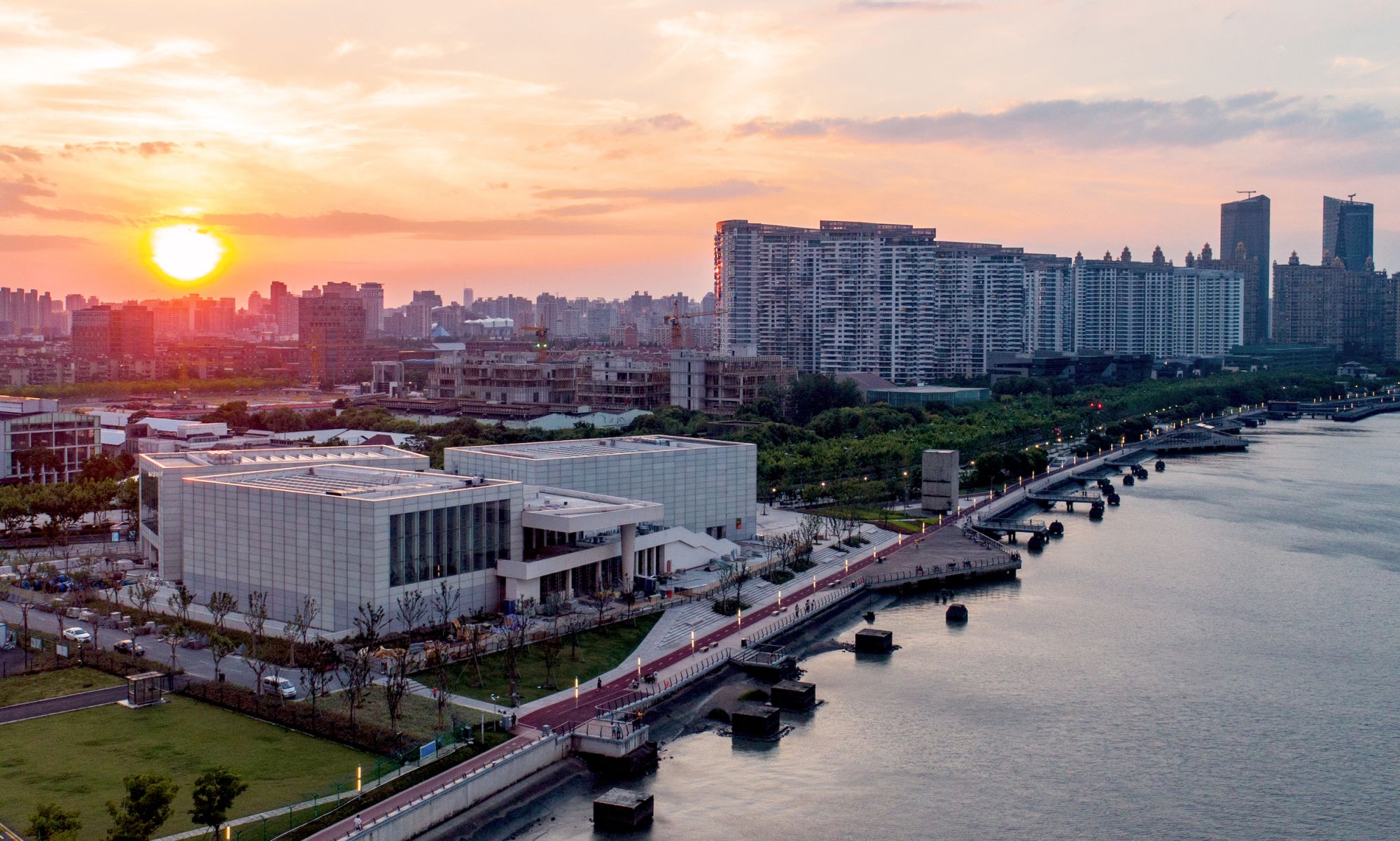France’s Centre Pompidou has marked its expansion into China by unveiling around 100 loaned artworks at a huge new waterfront museum in Shanghai.
The Paris institution’s ambitious long-term agreement with the West Bund Museum will see a series of exhibitions curated from its 120,000-strong art collection over the next five years. The move represents a significant step in the French museum’s attempts to court Chinese visitors – and in Shanghai’s efforts to establish itself as a global arts hub.
Dubbed the “Centre Pompidou x West Bund Museum Project,” the collaboration is described in a press release as the “largest ever cultural exchange and cooperation project” between France and China. It is set to open to the public Friday following President Emmanuel Macron’s attendance at Tuesday’s inauguration ceremony.
It is the first major venture outside Europe for the Centre Pompidou, which has become one of the world’s most important contemporary art institutions since opening in Paris in 1977. Recent years have seen the museum establish branches in the Spanish city of Malaga and Belgium’s capital, Brussels.
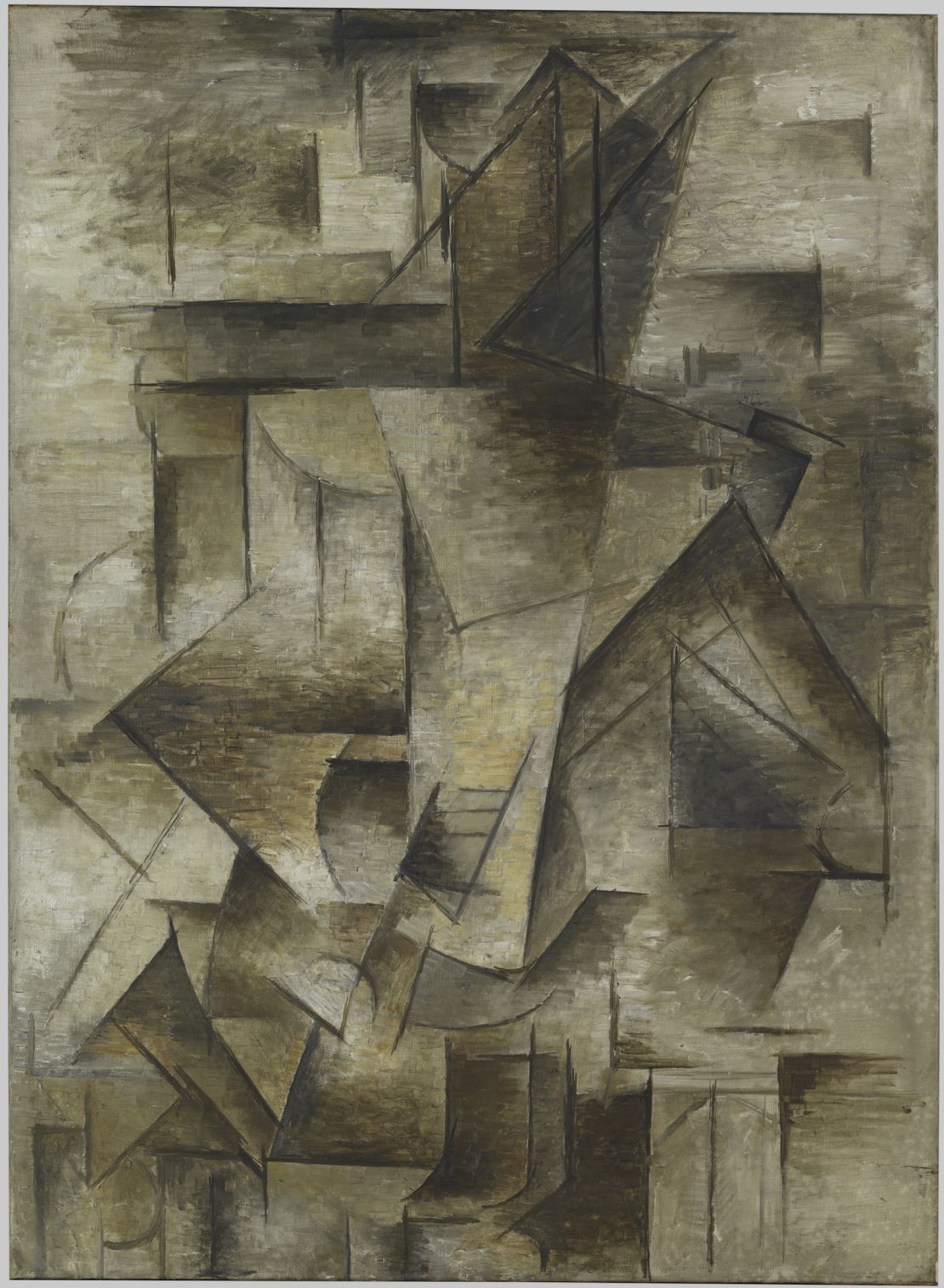
The museum has stopped short of launching a standalone outpost (or a branded venture akin to the Louvre Abu Dhabi) in Shanghai. But an extensive partnership with China’s West Bund Group – discussed since early 2016 and formalized last year – will see a newly-built 269,000-square-foot venue host three “semi-permanent” exhibitions, alongside two additional temporary exhibitions a year.
Among the opening shows is “The Shape of Time,” a sweeping survey of modern art featuring around 100 works from the Paris museum’s collection. The exhibition combines blockbuster names like Pablo Picasso, Piet Mondrian and Marcel Duchamp, alongside works by Chinese artists including Zhang Huan and Cai Guo-Qiang.
“If you look back at the history of the 20th century, and even before, there are so many strong links between China – or Shanghai – and France,” said the Centre Pompidou’s director Bernard Blistène, in a phone interview. “Of course, (this project) is connected with our collection but it’s also the construction of a dialogue.”
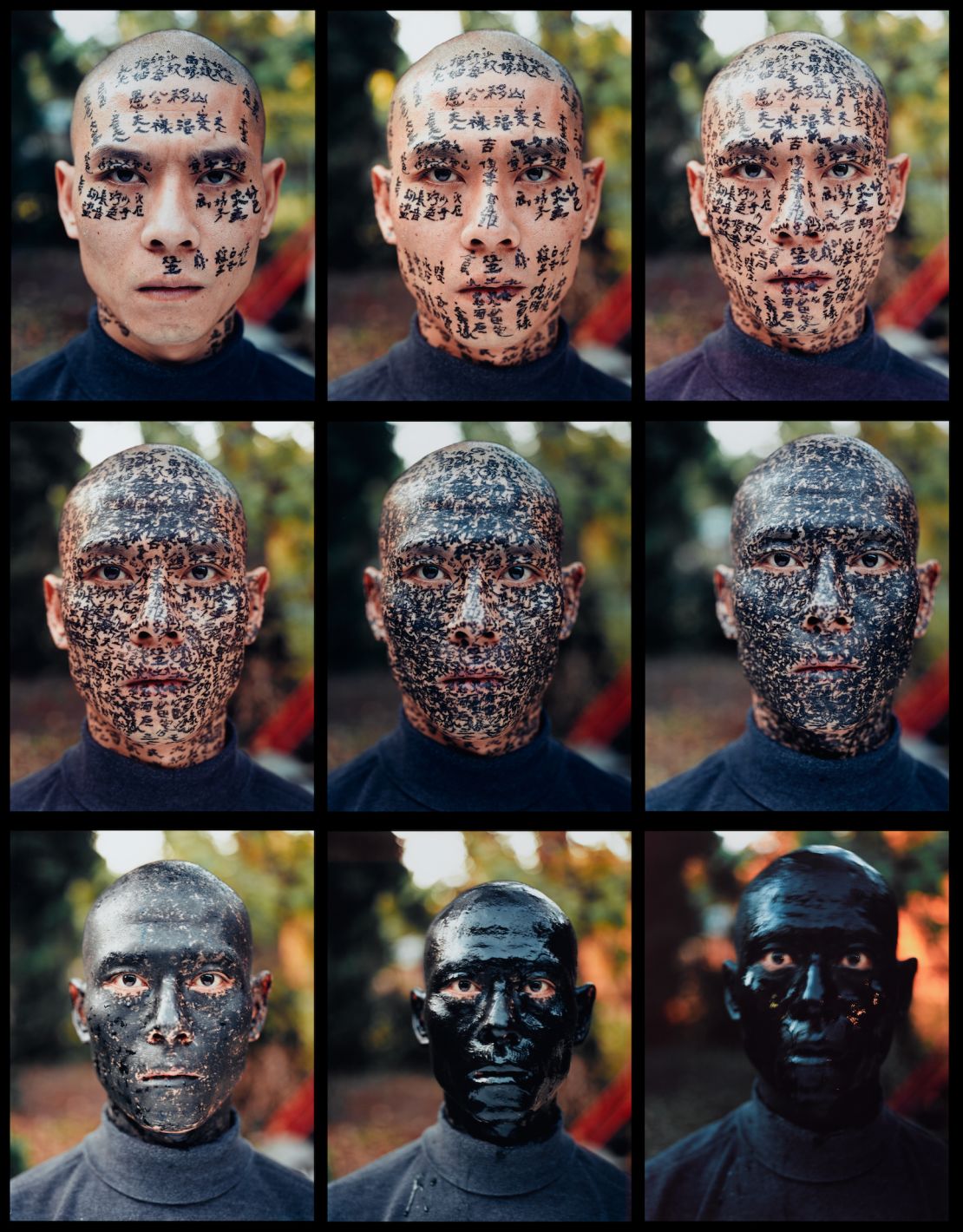
By way of return, Centre Pompidou intends to exhibit Chinese and French-Chinese artists in Paris in the coming years. The museum has already hosted art by prominent figures like Cao Fei and Huang Yong Ping in recent times, but Blistène expressed hope that younger artists will benefit from the arrangement.
“Now there’s another generation of artists with whom we would like to work,” he said. “So we will share exhibitions between Shanghai and Paris, and we will invite young artists to try and develop some platforms.”
Looking east
Friday’s opening marks a significant step in the Centre Pompidou’s efforts to expand its presence in China – and to court potential visitors to its iconic Paris home. Chinese visitors currently make up just 1% of the more than 3.5 million people who pass through its doors each year, the museum said.
The Centre Pompidou has recently opened online accounts on Chinese platforms Weibo and WeChat, in addition to what it describes as a “huge… viral campaign to attract tourists” from the country. In an official press release for this week’s opening, Centre Pompidou president Serges Lasvignes is quoted as saying that the move “will increase our notoriety and encourage more Chinese tourists to come and visit our Parisian address.”
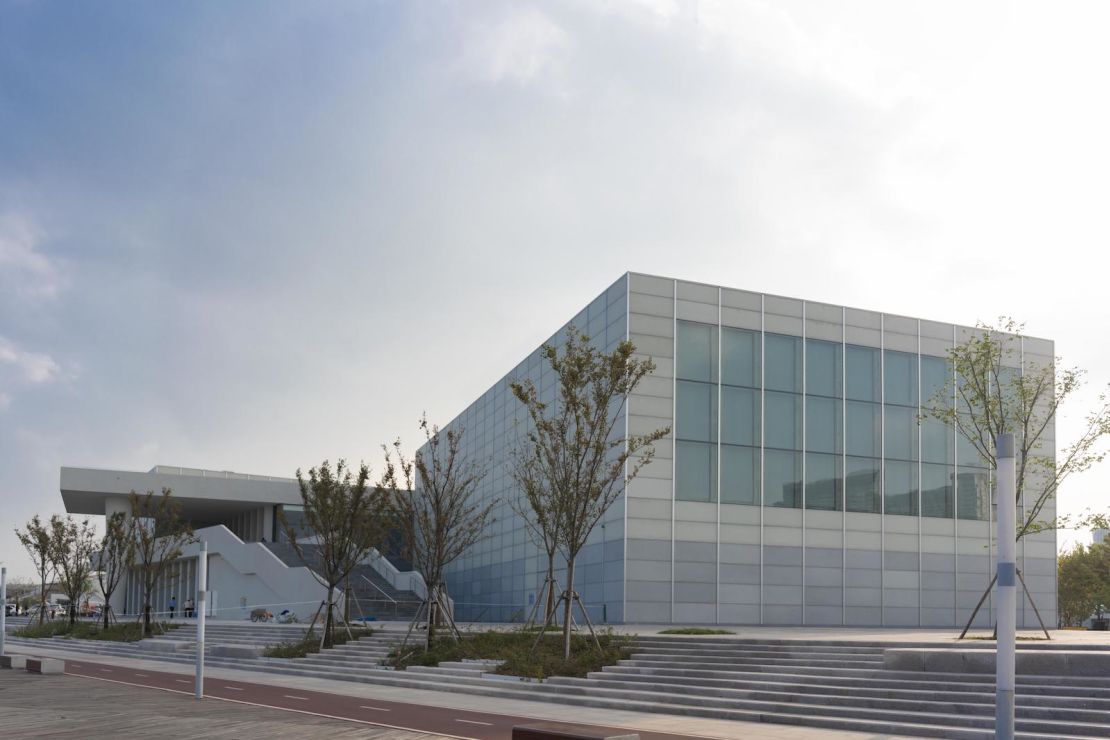
But Blistène dismissed suggestions that the expansion was an exercise in branding.
“I don’t like to talk about a ‘brand’ – it is definitely not a question of branding,” he said. “It’s much more the attempt to construct a relationship between different cultures to experiment (with) something that can help us to get more involved in a specific culture which, to be frank, we don’t know at all.”
According to Lasvignes, the Centre Pompidou’s Chinese partners will be “entirely in charge of the operation of the museum,” which is located in a sprawling new arts development in Shanghai’s Xuhui district. This may raise difficult questions about how the Paris museum will navigate the country’s strict censorship laws.
In a press statement, Lasvignes admitted that “in compliance with Chinese law, exhibition content is approved by the authority in charge of cultural affairs,” and that “Chinese rules are obviously different to those in Europe.”
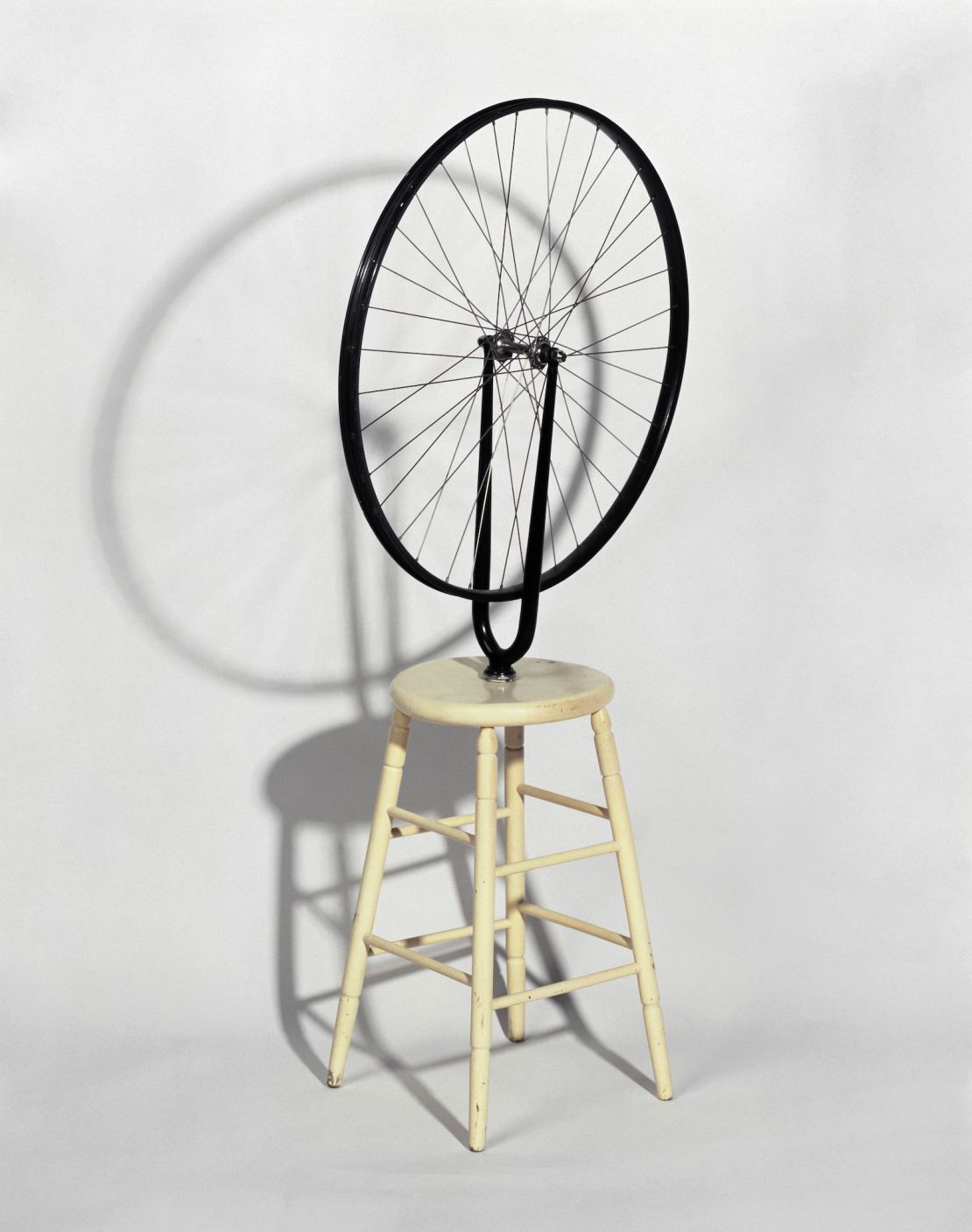
Yet he also struck a positive tone, saying that the museum “enjoys freedom of expression and shall continue to do so,” adding that the Centre Pompidou is “determined to work together, finding common ground and coming to agreement on choices that make sense for both parties.”
It’s a sentiment echoed by Blistène: “It’s much better to be here and to try and develop something, rather than to stand outside without any possibility to open – or re-open – a dialogue,” he said.
Burgeoning arts district
The deal represents a coup not only for the Centre Pompidou, but for Shanghai too. The Paris institution’s presence will offer both credibility and big-name exhibitions as the city tries to establish itself as a global arts destination.
Beijing has traditionally been viewed as China’s cultural hub. But a slew of new galleries and venues have opened in Shanghai in recent years. At the heart of this drive is the West Bund district, a new cultural development stretching more than five miles along the banks of the Huangpu River.
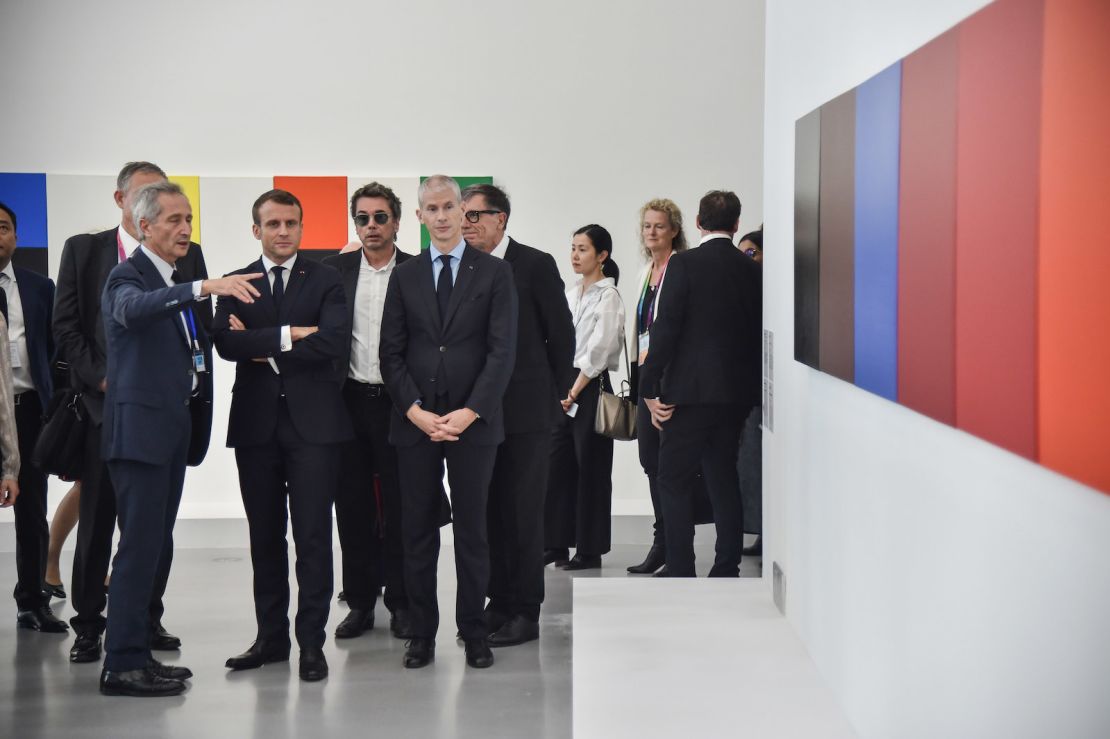
A number of high-profile galleries have already opened in the district, including Tank Shanghai, Long Museum and the Shanghai Center of Photography.
But the Pompidou’s partner venue, the West Bund Museum, may be the most prominent among them. Designed by the celebrated British architect David Chipperfield, the 25,000-square-meter (269,000-square-foot) structure contains three large exhibition spaces in addition to an auditorium and other facilities.
Its design responds to its unusual triangular-shaped plot with what Chipperfield calls a “pin-wheel formation” that sets the 59-foot-tall rectangular exhibition halls around a central lobby and sunken courtyard.

The architect said his firm’s design was created to integrate the museum – which can be entered from both its riverside and street-facing sides – with the expansive waterfront promenade it now sits on.
“This whole new continuous walk … along the north side of the river is now a very powerful piece of public infrastructure,” he said in a phone interview. “And, therefore, the museum is very much part of that. It’s been very impressive to see how this rather forgotten river-edge has now really become part of public territory.”
A public space
Chipperfield’s focus on “publicness and permeability” is reflected in his widespread use of recycled glass in the museum’s construction. The resulting translucent facades allow natural light to enter the building, while producing an iridescent effect when seen from outside.
“Museums tend to be big closed volumes – they tend to have very few connections and windows to the outside,” he said. “So how do you make the building feel friendly? We wanted it to be a solid building … but the cladding, although it has a stone-like (appearance), has a glass-like luminosity.”
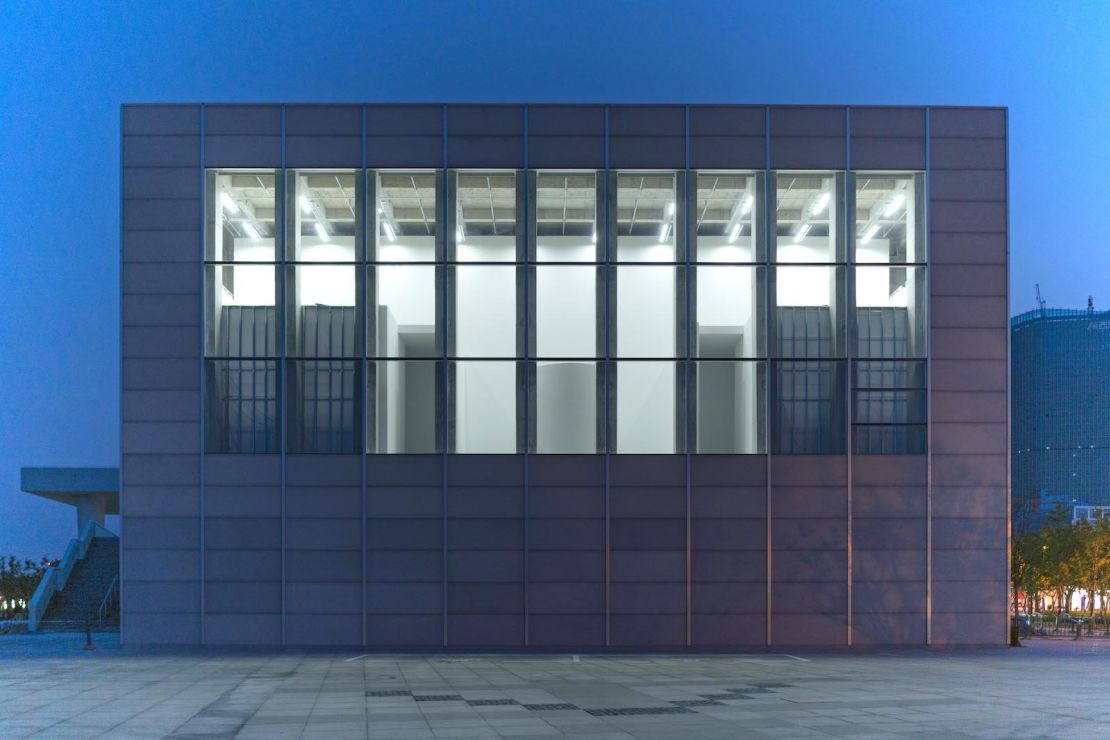
And if the stairs that cut jaggedly across the building’s river-facing frontage resemble the Centre Pompidou’s iconic home in Paris, then it is entirely coincidental – the architect said he designed the venue long before the French institution’s involvement was announced.
Nonetheless, Chipperfield paid homage to the Paris venue, whose design by Renzo Piano and Richard Rogers has, he said, inspired museum architecture ever since.
“It was the first radical museum that really tried to deconstruct the museum ‘temple’ and make museums accessible and demonstrate their permeability,” he said. “So I’d say that has had a big influence on many architects working ever since – and certainly ours.
“That building cut a path for the rest of us to follow.”
